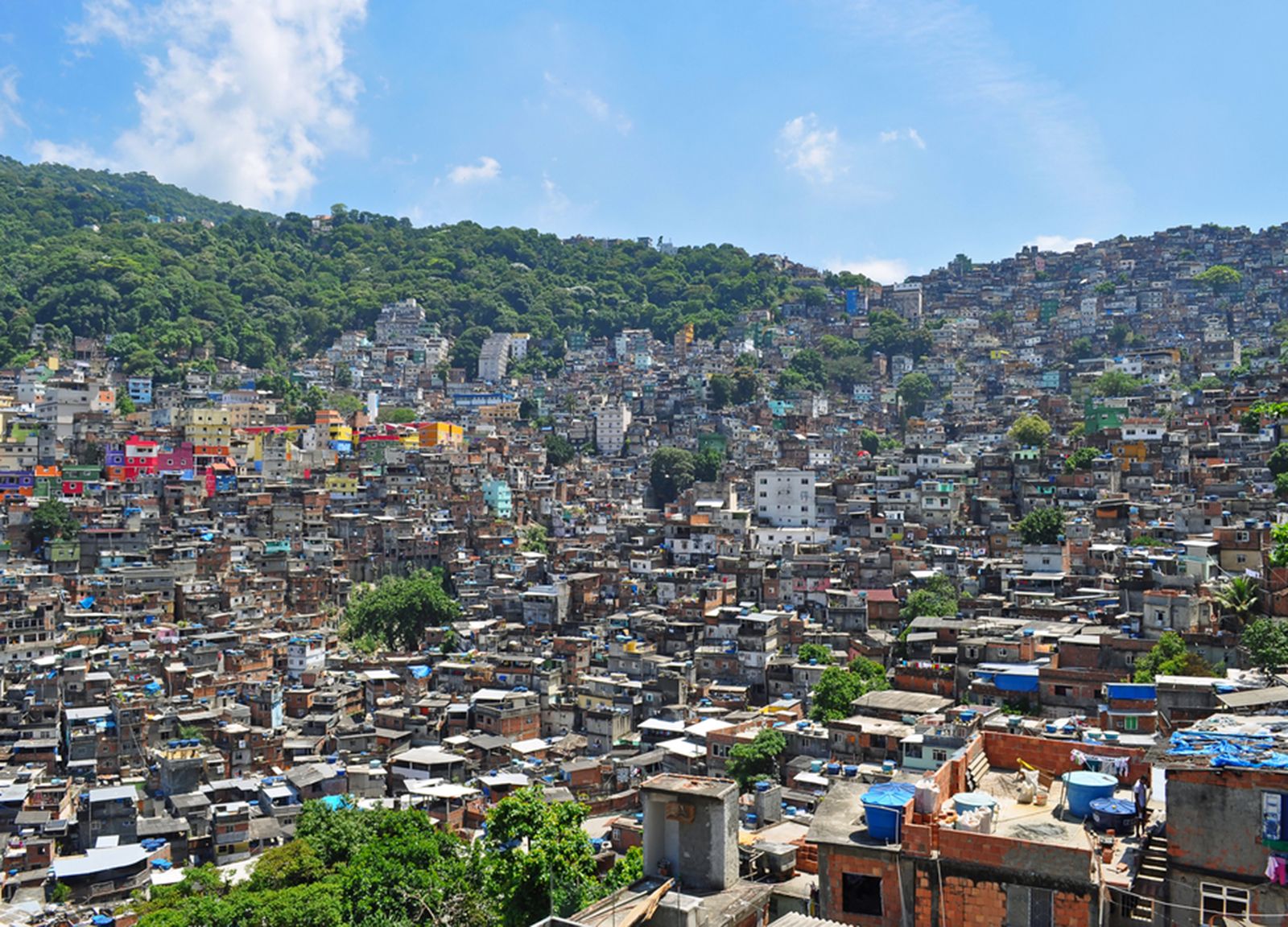
Overview
Known internationally for its carnival, soccer, tropical beach life, musical rhythms, and tourism, the city of Rio de Janeiro has been the quintessential postcard image of Brazil for much of the twentieth century. At the same time, the city is also infamously known for its social inequalities exemplified by pockets of extreme affluence alongside massive shantytown communities (favelas), homeless street youth (meninos e meninas de rua), and ongoing violent confrontations between police and drug gangs. In many ways, the city embodies the idea that Brazil is a land of contrasts. This course goes beyond the typical representations of Rio de Janeiro to provide students with an understanding of the complex social, political, economic, and cultural history that have shaped the city’s development and character. The course primarily focuses on the twentieth century, but provides the necessary historical background to understand the dynamics of contemporary life in Rio and the wider Brazil.
Learning Outcomes
Learning Outcomes
After completing LLCU 209, students should come away with the following knowledge and skills:
- Demonstrate knowledge of significant aspects of society and culture in Rio de Janeiro and Brazil, from samba and carnival to questions of social inequality and community organizing efforts
- Be able to identify and describe significant historical and cultural figures from Rio de Janeiro and Brazil
- Be able to analyze and interpret key historical periods and social and cultural processes that have shaped the development of Rio de Janeiro
- Improve critical thinking and writing through course assignments and online discussion board postings that reflect upon course materials such as readings and documentary films
Topics
The course primarily focuses on the twentieth century, but provides the necessary historical background to understand the dynamics of life in Rio. Topics covered include:
- Introduction to aspects of Brazilian society and culture
- Rio de Janeiro’s early development
- Aspects of Rio’s colonial and imperial history, including its central position as port and as former capital of the nation and onetime capital of the Portuguese empire.
- The ways enslaved African labor, plantations, and colonial planning shaped urban development.
- The influence of late 19th and early 20th century notions of order and progress, modernization and cosmopolitanism
- The histories of samba, carnival, and bossa nova as windows into Rio and Brazilian culture and identity as well as race, class, and gender relations.
- Racial and class inequality and urban segregation
- The development of favelas and questions of social inclusion/exclusion, state surveillance, and violence on the part of police and drug gangs.
- The perspectives and processes shaping the 2014 FIFA World Cup (soccer) and the 2016 Olympics, especially the ways histories of inequality shape the unequal distribution of the costs and benefits of sporting mega-events

